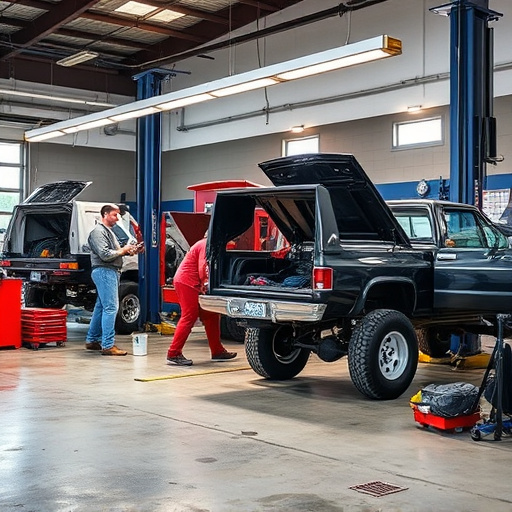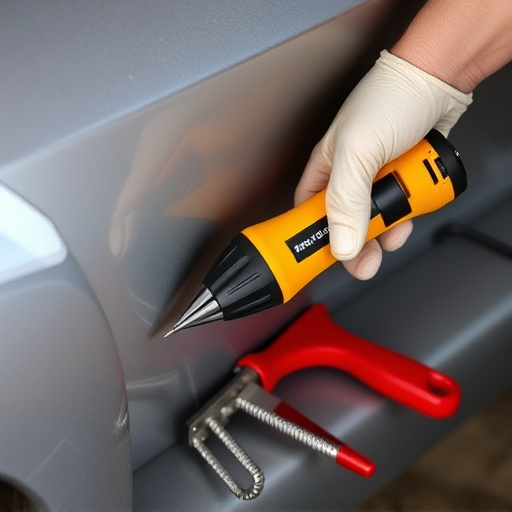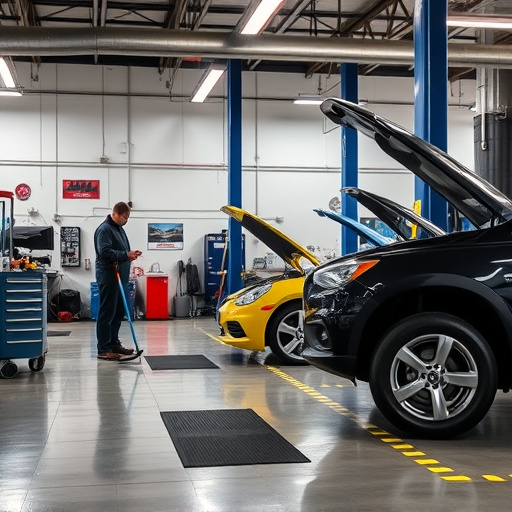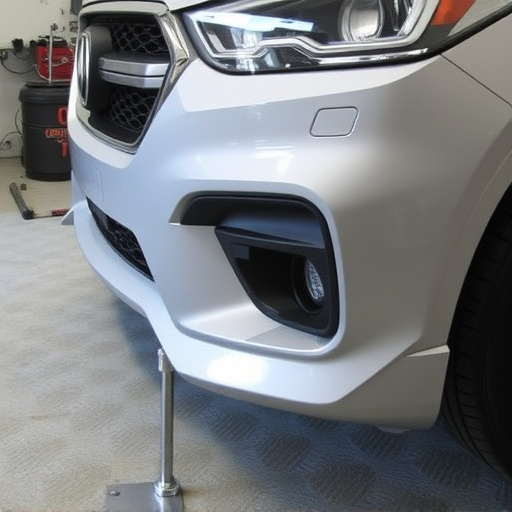Mastering sectioning procedures is key to optimizing auto body repairs, allowing technicians to skillfully manipulate panels for precise restoration. Costs vary based on damage complexity, vehicle type and project size, with simple repairs like fender replacement being less expensive than extensive work. Efficient budget management through task prioritization and just-in-time inventory reduces waste and labor costs, ensuring cost-effective sectioning procedures while maintaining high-quality results.
“In the realm of project management, efficient sectioning procedures are a game-changer. This article delves into the intricacies of sectioning, offering a comprehensive guide for professionals. We start by ‘Unveiling the Basics’ of sectioning procedures, followed by an in-depth exploration of ‘Cost Factors’ to ensure informed decision-making. Additionally, we provide valuable ‘Budgeting Tips’ to help optimize resources. For those seeking to master sectioning, this is a must-read, as it simplifies and enhances your understanding of these critical processes.”
- Understanding Sectioning Procedures: Unveiling the Basics
- Cost Factors in Sectioning: A Comprehensive Breakdown
- Budgeting Tips for Efficient Sectioning: Maximizing Your Resources
Understanding Sectioning Procedures: Unveiling the Basics

Understanding sectioning procedures is a crucial first step for anyone looking to optimize their auto body repairs. This process involves carefully separating and manipulating damaged panels on a vehicle, allowing for more precise restoration work. By skillfully sectioning, technicians can effectively replicate the original shape and structure of the car, ensuring seamless integration with other repair components like frame straightening and paintless dent repair.
These procedures are essential when dealing with auto body restoration, as they enable professionals to tackle complex damage scenarios. Whether it’s a minor ding or significant deformity, sectioning provides the flexibility to customize repairs. Techniques such as cutting, bending, and welding specific sections facilitate the creation of accurate replacements, ultimately contributing to the overall quality of auto body restoration services, including frame straightening and paintless dent repair.
Cost Factors in Sectioning: A Comprehensive Breakdown

The cost of sectioning procedures varies widely depending on several factors unique to each project. When considering a procedure like this, it’s essential to look beyond the surface and understand the intricate processes involved in auto collision repair. Key drivers include the complexity of the damage, the type of vehicle dent repair required, and the overall size of the project.
For instance, a simple fender replacement in a collision repair shop might cost significantly less than repairing extensive body damage that involves multiple panels and requires specialized techniques such as welding or panel beating. Additionally, rare or luxury vehicles often command higher restoration costs due to the availability and expense of original equipment parts and skilled labor. Budgeting for sectioning procedures demands a detailed analysis of these variables to ensure both quality outcomes and financial prudence in auto collision repair.
Budgeting Tips for Efficient Sectioning: Maximizing Your Resources

When budgeting for sectioning procedures, especially in a collision repair shop or providing auto collision repair services, efficient resource management is key. A well-thought-out budget should account for materials, labor, and overhead costs associated with each step of the sectioning process. One effective strategy is to prioritize tasks based on urgency and complexity. Focus on completing high-priority jobs first to minimize material wastage and optimize labor utilization.
Additionally, implementing just-in-time inventory management can significantly reduce costs. By ensuring that materials are procured as needed, rather than storing excess stock, you can avoid unnecessary expenses related to storage and potential material degradation. Regularly reviewing and adjusting your budget based on actual usage will help in maximizing resources, ultimately making your sectioning procedures more cost-effective.
Sectioning procedures, while crucial for effective project management, can be optimized through a deep understanding of cost factors and strategic budgeting. By grasping the fundamentals outlined in this article, you’re equipped to navigate the financial landscape of sectioning with confidence. Implement the budgeting tips provided to maximize resources and ensure your projects stay on track and within budget. Remember, efficient sectioning is not just about dividing tasks; it’s about managing costs and delivering quality results.














